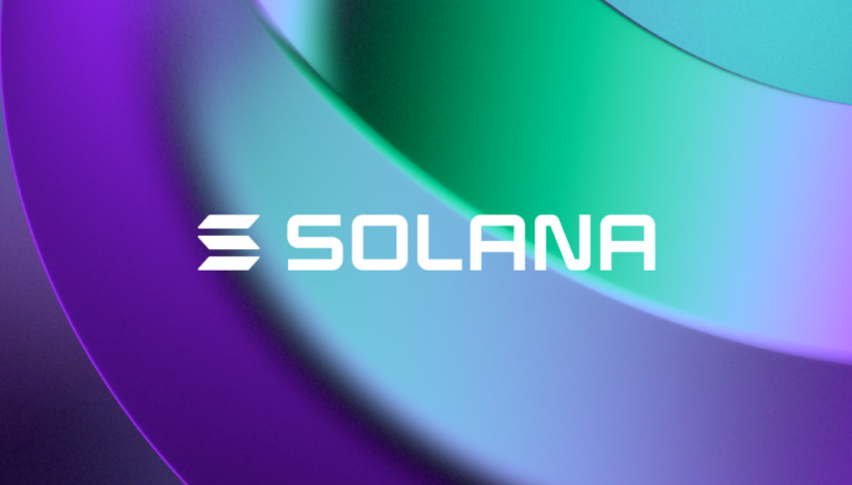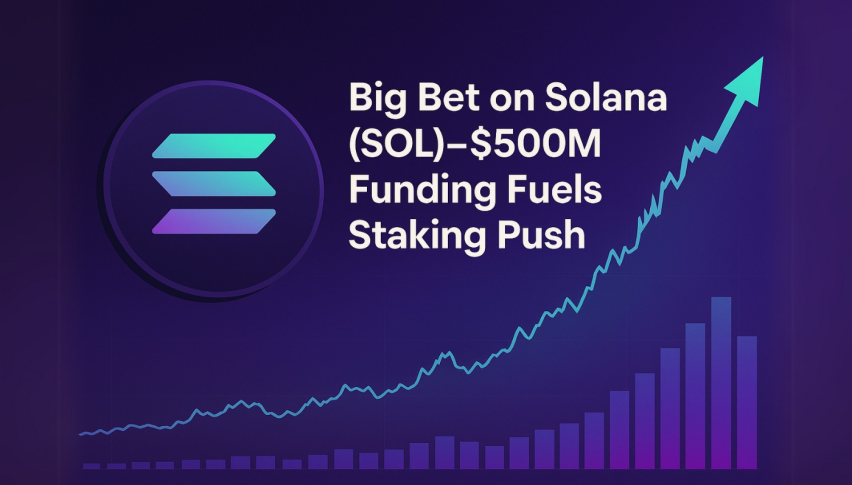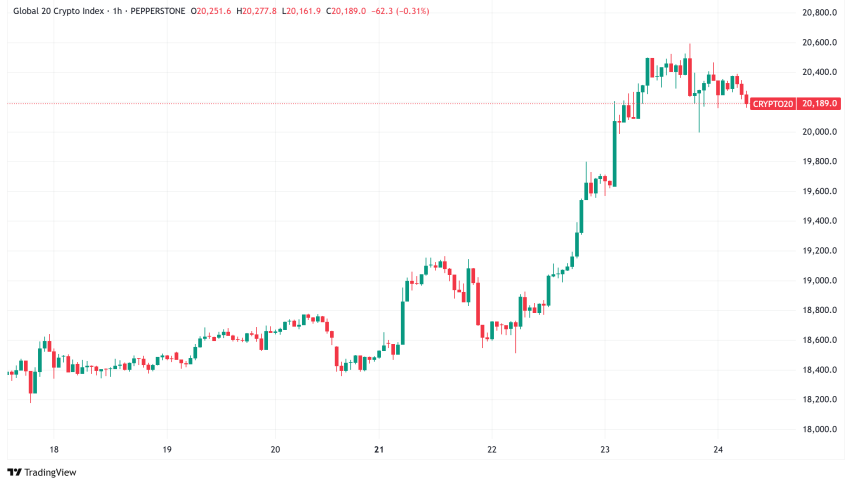Solana’s Recovery: Will Low Revenue and Volatility Delay Its Comeback?
Solana (SOL) recently faced a significant setback as its revenue fell to its lowest point in seven days, amounting to $626,900

Solana (SOL) recently faced a significant setback as its revenue fell to its lowest point in seven days, amounting to $626,900 as of June 23rd. This dip has raised concerns among investors about the blockchain’s short-term recovery prospects.

Despite low congestion on the network, the expected uptick in revenue has not materialized, leading to increased uncertainty.
Impact of Network Upgrades and Transaction Data
The recent downturn in Solana’s revenue can be linked to a network upgrade implemented on June 10th. The upgrade, aimed at resolving persistent congestion issues, required validators to update to a new node.
While this development successfully maintained Solana’s high throughput of 2,000 to 3,000 transactions per second (TPS) and stabilized transaction fees, it did not translate into immediate revenue growth.
Transaction data from Dune Analytics highlights this dynamic. Solana recorded 206.94 million vote transactions and 37.57 million non-vote transactions. Vote transactions, submitted by validators, indicate network activity, whereas non-vote transactions, involving SOL transfers between accounts or smart contracts, directly reflect user engagement.
The increase in successful transactions compared to a period when about 75% of non-vote transactions failed suggests improved network performance, yet this has not boosted SOL’s price significantly.
Volatility and Price Predictions
Solana’s current price movements and volatility trends further complicate its recovery outlook. As of the latest data, SOL is priced at $133.71. Despite a brief surge attempt to $140 on June 22nd, bearish market forces hindered sustained growth.
Solana's price might continue to trade within its current range, between $30 and $40, without any significant price movements.
Solana's price could break out of its current range and reach $45 or higher. 2S1S2YrJquEtz7fqws5ezqbU2ULEQLk1FMNDsLoGWoFL
— sirwise234 | Hattori | Pangea | Thravos (@Goddybaba123) June 22, 2024
The token’s annualized volatility, which measures how quickly prices can change, has decreased significantly. Over the last 200 days, annualized volatility stood at 77.80%, but it has dropped to 39.60% recently, according to Dune.

Low volatility typically indicates limited price movement, suggesting that SOL might continue trading within a narrow range of $130 to $140. Additionally, the Relative Strength Index (RSI), a momentum indicator, shows a bearish trend with a reading of 45.00.
RSI readings above 70 suggest an asset is overbought, while those below 30 indicate it is oversold. The current RSI implies that SOL is neither overbought nor oversold but lacks strong momentum for upward movement.
Short-Term Outlook and Market Dynamics
Given these factors, Solana’s short-term price prediction remains cautious. The decrease in volatility and bearish RSI suggests that SOL may continue to experience sideways movement.
For investors, this means that the token might not see significant gains unless broader market conditions improve. An increase in prices across the wider cryptocurrency market could potentially invalidate this prediction and spur growth for SOL.
In conclusion, while Solana’s recent network upgrades have improved its transaction efficiency, the lack of corresponding revenue growth and decreased volatility pose challenges for its immediate recovery. Investors should monitor these metrics closely, along with broader market trends, to better understand SOL’s future trajectory.
- Check out our free forex signals
- Follow the top economic events on FX Leaders economic calendar
- Trade better, discover more Forex Trading Strategies
- Open a FREE Trading Account



